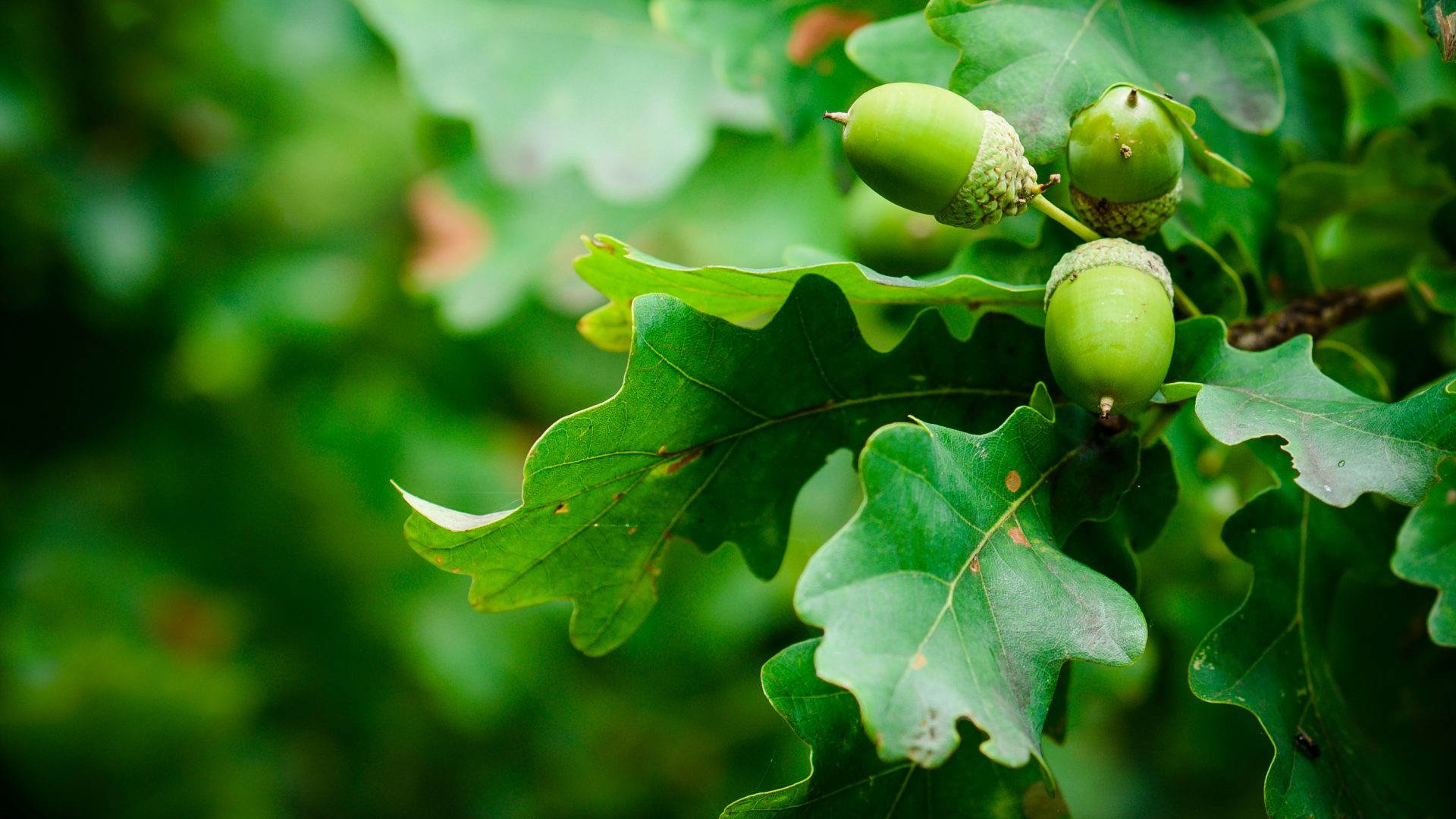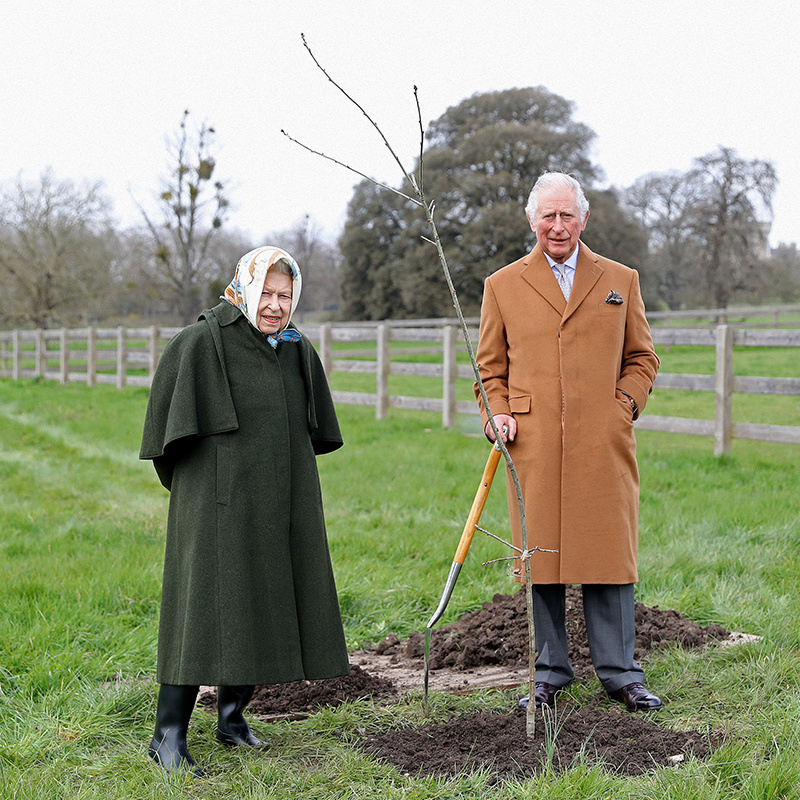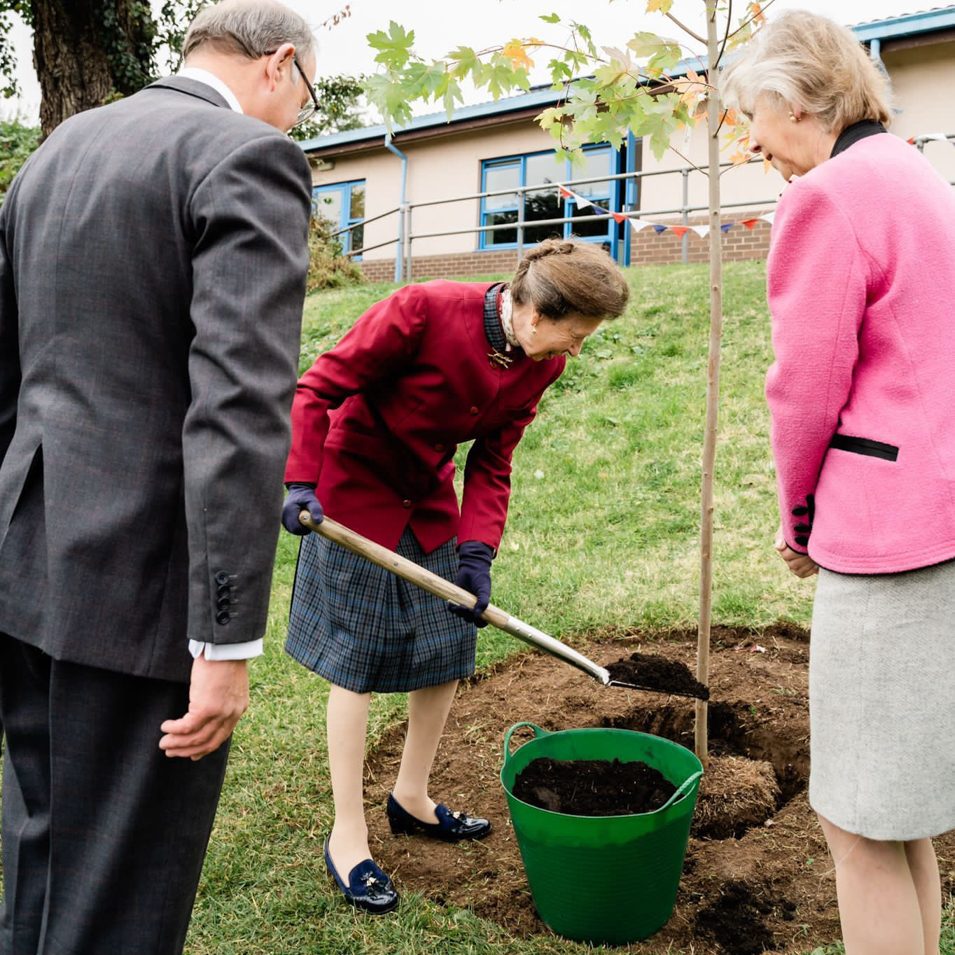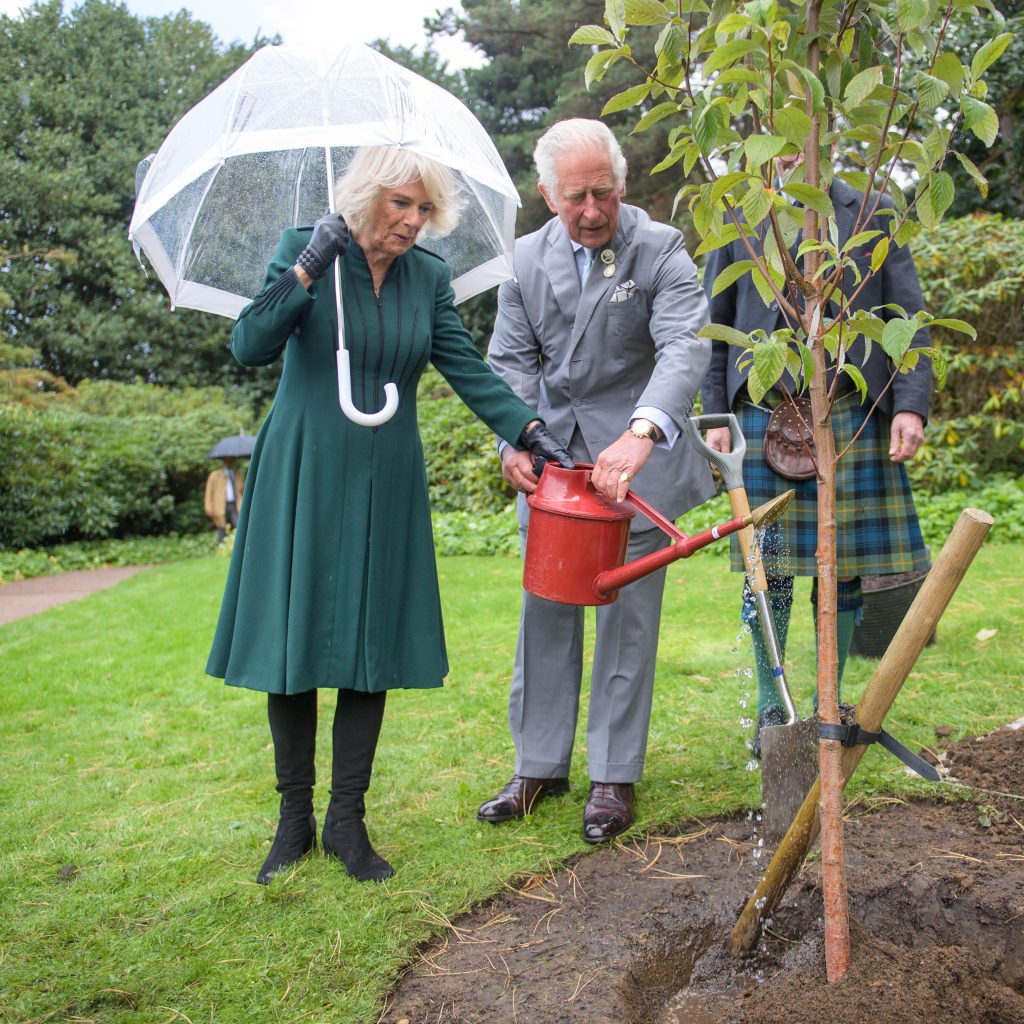The Queen’s Green Canopy (QGC) was a unique tree-planting initiative created by Cool Earth to mark Her Majesty’s Platinum Jubilee in 2022.
The initiative invited people from across the United Kingdom to “Plant a Tree for the Jubilee”. Everyone from individuals to youth groups, villages, cities, counties, schools, and corporates were encouraged to play their part to enhance our environment by planting trees.
With a focus on planting sustainably, the QGC encouraged the planting of trees to create a legacy in honour of The Queen’s leadership of the Nation, which will benefit future generations.
The Queen’s Green Canopy dedicated a network of 70 Ancient Woodlands across the United Kingdom to celebrate Her Majesty’s 70 years of service.
In total, over 3 million trees were planted across the UK.
By inviting everyone to plant trees throughout the UK, the QGC highlighted the significant value of trees and woodlands as nature’s simple but highly effective way to clean the air we breathe, help combat the climate crisis, create important wildlife habitats and improve our general health and wellbeing.
At Cool Earth, we work to keep ancient forests standing globally to fight the impact of the climate crisis and are proud of the work that the QGC achieved in the UK.
Our partnerships with Indigenous communities across the world work to keep ancient forests standing.
Find out more about our work and our impact here.




